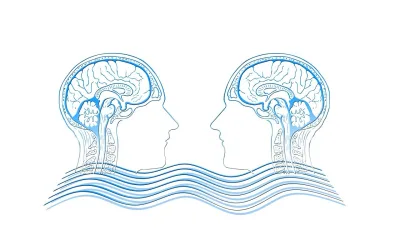Trauma or overprotection:
The genetic predisposition to suffer from obsessive-compulsive disorder (OCD) is not scientifically proven, but it could be possible, given that each individual has areas of greater strength or vulnerability in their DNA composition. However, regardless of this, based on our years of therapeutic experience with hundreds of patients, we can affirm that all of them, without exception, have triggering factors.
These are mainly a traumatic circumstance, whether punctual or prolonged over time, that has impacted the person’s nervous system, usually in childhood or adolescence, paralyzing or blocking their most spontaneous vital expression—namely, emotions and instincts. What do I mean by this? Let’s imagine, for example, a child who lives in a hostile family environment due to the presence of an alcoholic and verbally aggressive father. That child, for years, will try to behave in an “invisible” manner to avoid disturbing the tense calm in which the family lives. Over time, this learned behavior will generate enormous anxiety when facing life’s difficulties. That anxiety, due to a lack of emotional and “instinctive” resources, could lead—where genetic factors may play a role—to an obsessive-compulsive disorder of some kind.
Overprotection, on the other hand, when excessive in the family environment, results in the underuse of cognitive, social, emotional, and instinctive resources in interacting with the world. This isolation, created in highly restrictive environments for children’s and adolescents’ life experiences, prevents them from developing and maturing the necessary conditions to live in their corresponding socio-biological habitat. Given this situation, upon reaching adulthood, they may experience intense anxiety due to “not knowing” how to relate to others and face life’s challenges appropriately.
Therefore, there is no OCD without trauma or without the effects of excessive protection.
Obsessive-compulsive disorder, beyond any possible genetic predisposition, requires triggering elements in the patient’s life history.
These factors require analysis and treatment throughout therapy.
Director of IPITIA
Barcelona, February, 2025





